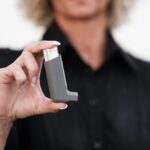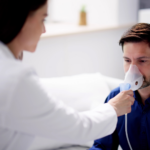Exercise is an essential part of a healthy lifestyle, but for individuals with exercise-induced asthma (EIA), physical activity can sometimes trigger uncomfortable symptoms. Also known as exercise-induced bronchoconstriction (EIB), this condition causes temporary narrowing of the airways during or after exercise. In this blog, we’ll explore what exercise-induced asthma is, its causes, symptoms, and strategies for effective management.
What is Exercise-Induced Asthma?
Exercise-induced asthma is characterized by the temporary narrowing of airways in response to physical exertion. It can occur in individuals with or without a formal asthma diagnosis, although it is more common among those with pre-existing asthma. EIA is triggered by the increased airflow and exposure to cold or dry air that happens during exercise.
This condition should not discourage you from staying active. With proper management, people with exercise-induced asthma can enjoy a wide range of physical activities.
Common Triggers of Exercise-Induced Asthma
Certain factors can increase the likelihood of experiencing asthma symptoms during or after exercise. These include:
- Cold or Dry Air: Breathing in cold or dry air, especially during outdoor activities, can irritate the airways.
- High-Intensity Activities: Activities like running, cycling, or swimming can cause symptoms due to prolonged exertion.
- Environmental Irritants: Polluted air, smoke, or strong odors can exacerbate symptoms.
- Allergens: Pollen, mold, or other allergens present in the environment can trigger symptoms during exercise.
- Respiratory Infections: A recent cold or flu can increase sensitivity in the airways.
Symptoms of Exercise-Induced Asthma
Symptoms of EIA typically begin during or shortly after exercise and may last for several minutes to hours. Common symptoms include:
- Wheezing: A whistling sound when exhaling.
- Shortness of Breath: Difficulty breathing or feeling out of breath.
- Chest Tightness: A sensation of pressure or discomfort in the chest.
- Coughing: Persistent coughing, especially after exercise.
- Fatigue: Feeling unusually tired during physical activity.
Diagnosing Exercise-Induced Asthma
Diagnosing EIA involves a thorough evaluation to rule out other conditions and confirm the diagnosis. Here’s what the process may include:
- Medical History: Your doctor will ask about your symptoms, exercise routine, and any triggers.
- Exercise Challenge Test: Lung function tests performed before and after exercise can help detect airway narrowing.
- Spirometry: This test measures how much air you can exhale and how quickly, helping to assess lung function.
Managing Exercise-Induced Asthma
Managing EIA involves preventing symptoms, using medication, and making adjustments to your exercise routine. Here are some strategies:
1. Pre-Exercise Preparation
- Warm-Up: Engage in a gradual warm-up routine to reduce the likelihood of sudden airway constriction.
- Avoid Triggers: Exercise indoors during cold weather or when pollen levels are high to minimize exposure to triggers.
2. Medication
- Quick-Relief Inhalers: Use a short-acting bronchodilator, such as albuterol, 15-30 minutes before exercising to prevent symptoms.
- Controller Medications: If EIA symptoms are frequent, your doctor may prescribe daily inhaled corticosteroids or leukotriene modifiers.
3. Modify Your Exercise Routine
- Choose Low-Impact Activities: Activities like walking, yoga, or swimming in warm water are less likely to trigger symptoms.
- Interval Training: Alternate between short bursts of activity and periods of rest to reduce airway strain.
- Breathe Through Your Nose: Breathing through the nose helps warm and humidify the air before it reaches your lungs.
4. Lifestyle Adjustments
- Stay Hydrated: Proper hydration can help keep mucus thin and reduce airway irritation.
- Maintain Good Health: Manage allergies and avoid respiratory infections by practicing good hygiene and getting vaccinated.
- Monitor Air Quality: Use air quality apps to identify optimal times and locations for outdoor activities.
When to See a Doctor
You should consult a healthcare provider if:
- Symptoms interfere with your ability to exercise.
- You frequently need to use a rescue inhaler.
- Symptoms worsen over time or occur even during mild activity.
Your doctor can help you create a personalized asthma action plan to keep symptoms under control.
Conclusion
Exercise-induced asthma doesn’t have to limit your physical activity. By understanding your triggers, using preventive measures, and following a tailored treatment plan, you can stay active and enjoy the benefits of exercise. Remember, exercise is vital for overall health, and with proper management, you can overcome the challenges of EIA and thrive.
If you’re living with exercise-induced asthma, connect with communities like Asthma Friend to share experiences, tips, and support on your journey to better health.












